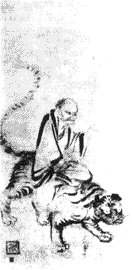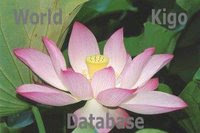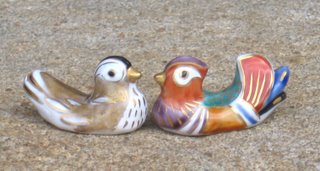:::::::::::::::::::::::::::::::::::::::::::::::::::::::::::::::::::::::::::::::::::::::::::::::::::::
Ryuugin 龍吟 ryugin
There is a famous Chinese proverb
ryuugin koshoo 龍吟虎嘯
龍吟雲起 虎嘯風生
りゅうぎんずれば くもおこり
とらうそぶけば かぜしょうず
When the dragon sings, clouds are arising.
When the tiger roars, wind is coming.

Calendar for the year 2010


source : dottailor.jugem.jp
leather jacket with this motive
MORE :
dragon and tiger -
rain and wind and
Japanese art
:::::::::::::::::::::::::::::::::::::::::::::::::::::::::::::::::::::::::::::::::::::::::::::::::::::
Cloud Dragon Wind Tiger - CD

:::::::::::::::::::::::::::::::::::::::::::::::::::::::::::::::::::::::::::::::::::::::::::::::::::::
kozure ookami 子ずれ狼
Lone Wolf and Cub 7:
Cloud Dragon, Wind Tiger

quote
There is more than just blood between parent and child.
Itto Ogami and his son Daigoro have seen more blood flowing from more bodies than anyone in Edo, but what connects them is their spirit and their path. In this collection of classic stories, Itto must protect a young girl after her family is destroyed by a cunning courtesan.
Meanwhile, Itto's archenemy, Retsudo Yagyu, has sent the civilian police force to round up the Lone Wolf as a common criminal, and before long, Daigoro is coincidentally tangled in a messy pair of crimes. And, most dramatically,
Itto returns to the scene of one of his past executions to enter a tender and honorable sword fight against an executed lord's former retainer.
source : digital.darkhorse.com
:::::::::::::::::::::::::::::::::::::::::::::::::::::::::::::::::::::::::::::::::::::::::::::::::::::
Ryuuginji 龍吟寺 Temples named Ryugin-Ji
temple of the singing dragon
青森県西津軽郡深浦町大字風合瀬字中砂子川98
Aomori
竜吟寺 (浄土宗)鳥取県鳥取市 in Tottori
北海道函館市湯川町3丁目35−5 Hakodate, Hokkaido
:::::::::::::::::::::::::::::::::::::::::::::::::::::::::::::::::::::::::::::::::::::::::::::::::::::
Ryooginan 龍吟庵 Ryogin-An
Hall of the Singing Dragon
京都府京都市東山区本町15丁目812
東福寺龍吟庵(とうふくじ りょうぎんあん)
The famous stone garden at the temple Tofuku-Ji (Toofukuji 東福寺) Ryogin-An was created by the master gardener Shigemori Mirei.
. 東福寺龍吟庵 Tofuku-Ji, Ryogin-An.
:::::::::::::::::::::::::::::::::::::::::::::::::::::::::::::::::::::::::::::::::::::::::::::::::::::
Ryuugin 龍吟 restaurant Ryugin
Roppongi, Tokyo


日本料理 龍吟(りゅうぎん)
港区六本木7-17-24 サイド六本木ビル 1F
source : hime-ameblo
They have laquer ware and pottery with dragon motives.
:::::::::::::::::::::::::::::::::::::::::::::::::::::::::::::::::::::::::::::::::::::::::::::::::::::
. Dragon Temples .
[ . BACK to WORLDKIGO . TOP . ]
[ . BACK to DARUMA MUSEUM TOP . ]
:::::::::::::::::::::::::::::::::::::::::::::::::::::::::::::::::::::::::::::::::::::::::::::::::::::















